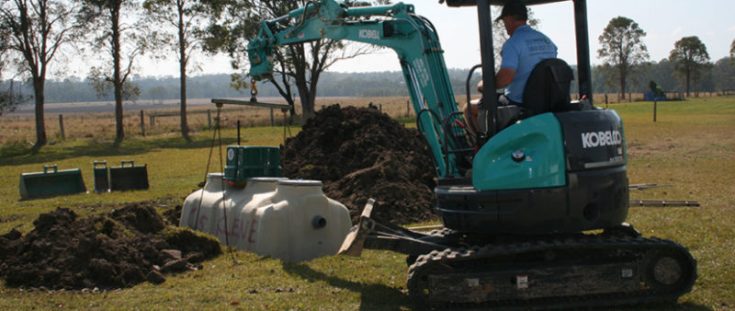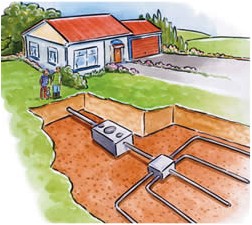Household Sewage News
September 1, 2019
Fuji Clean the best choice for Home Sewage Treatment
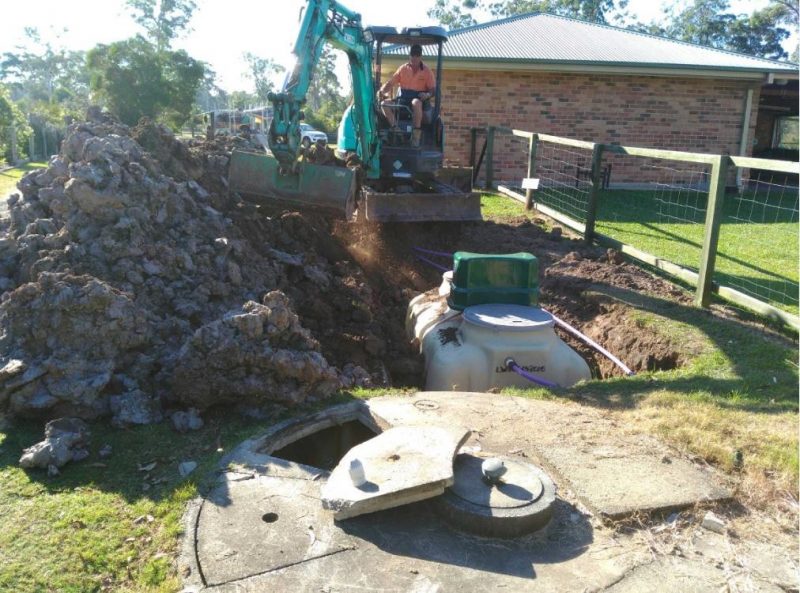
Fuji Clean Home Sewage Treatment Plants (HSTP’s) are contained within fibre reinforced plastic tanks versus the heavy, bulky concrete tanks of some other systems. This difference is one of many that make the Fuji Clean ACE model the number one choice for advanced domestic sewage treatment.
Many manufacturers and suppliers of wastewater treatment systems have come and gone over the years. True Water Australia have been in business for over 20 years and the supplier of our system of choice, Fuji Clean, has been manufacturing systems for over 50 years. They supply high-quality products that have evolved over many years of research and development. True Water take an industry leading product and ensure it is installed correctly and appropriately for your home’s environment. It is this combination of product and expertise that has allowed us to continuously stand out as market leaders.
True Water Australia often gets calls to replace concrete systems that have failed or are no longer compliant with current regulations. These systems are usually in poor repair, unsightly, emitting odours or just wearing out. Some of these systems are old but others are just of poor design and have failed at a very early stage in their life.
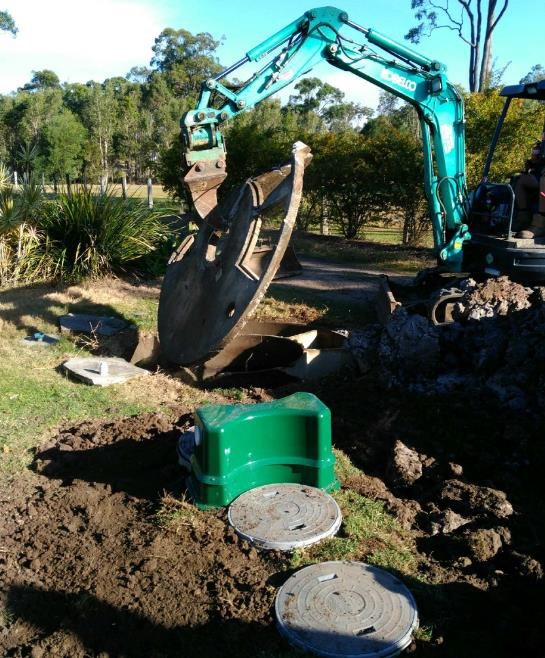
True Water replaced this concrete system with a compact, high quality Fuji Clean HSTP. Poor treated water quality had blocked the irrigation field and the tank had overflowed on multiple occasions.
Why do Home Sewage Treatment Plants fail?
It is surprising how many ways a treatment system can fail or become defective. One of the main causes of problems is poor design or bad engineering. This results in a system that provides sub standard performance from the day of installation. As a result, associated stresses cause the systems to fail and replacement or remedial work is needed early in the system’s life. Cheap or incorrect parts can also be a bug problem. Saving $50 on a pump is not a good idea when the pump fails and sewage starts backing up.
It is also important to maintain a healthy system by being careful about what goes down your drains and keeping up with a regular servicing schedule. Treatment systems should always be serviced by a qualified service agent who is trained to complete the maintenance correctly. This will help prevent costly breakdowns and ensure a long life for your investment.
Nothing is quite as unpleasant as a sewage treatment system that has failed. The first signs of a failing septic system may include slow draining toilets and sinks, gurgling noises within the plumbing, sewage odours inside, continuing drainage backups, or pooling water in your land application area.
How is a Fuji Clean different to concrete tank systems?
The differences between systems start to show at the time of installation. The Fuji Clean has a fibre reinforced plastic tank which is durable, but is also light and compact. Delivery to site, positioning, and installation are all much easier with this lighter and more compact unit. Heavy concrete systems need to be lifted by a crane onto a truck for transporting to site. Then a crane also has to lift the tank into place. This difficulty in placement is especially important on tight or confined properties.
Once actually installed, the benefits of the Fuji Clean system really begin to mount up. The Fuji Clean is less obtrusive than other systems with most of the unit sitting flush with the ground level. No pipes or fragile filter sit above ground, reducing the chance of damage. Concrete system lids can crack if dropped during servicing while the Fuji Clean lids are easily removed and replaced.
Some older system designs include physical stirrers or agitators inside the tank which stir the sewage and wear out, as well as using huge amounts of power. The Fuji Clean runs on just a 48 watt aerator which means its power use comes in at a fraction of the cost of others. In comparison, the concrete tank systems run a 80-100 watt aerator meaning a much higher power usage and much more cost over time. A power outage is not a problem for a Fuji Clean. Its buffer storage and gravity transfer keep it working until power is restored.
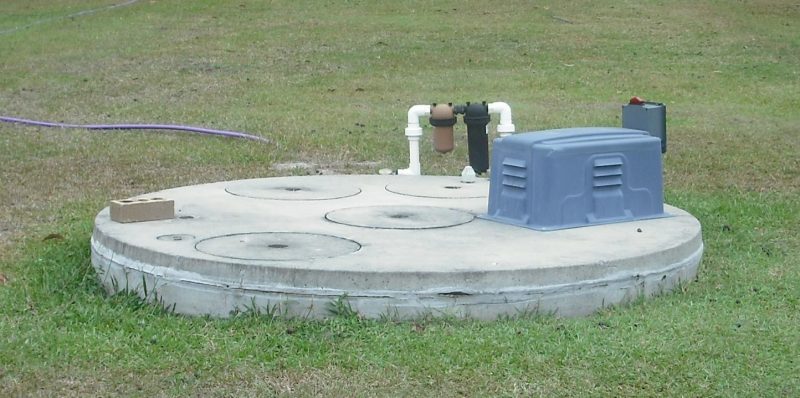
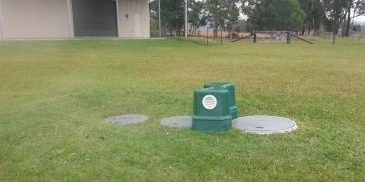
Left: A concrete tank system 3 years after installation. Highly visible system with multiple extrusions. Concrete inspection lids are susceptible to damage during servicing. Difficult to mow and landscape around.
Right: Fibre reinforced Fuji Clean system 5 years after installation. Low profile installation blends into the landscape and is safe to mow and/or plant around. The inspection lids are gas tight and prevent the escape of undesirable odours.
Fuji Clean: your first choice for home sewage treatment
The saying “necessity is the mother of invention” is very true. The Fuji Clean is manufactured in Australia but is a Japanese design. Japan has developed their industry to a much higher level and over a much longer period than in Australia. This is due to stricter requirements, less space, and a much larger market. Japan has installed over 10,000,000 home sewage treatment plants. That’s more systems than Australia has houses (9,000,000). It is this reliability and refinement that makes the Fuji Clean system stand out from the crowd.
A home sewage treatment plant is a long-term investment. Choosing a concrete system that is bulky, smelly, unreliable and generally provides low quality sewage treatment just doesn’t make sense. Whether it’s for your family health, aesthetics, or the value of your property, the Fuji Clean is always a wise choice.
Contact our Household Consultancy team today for more information.

